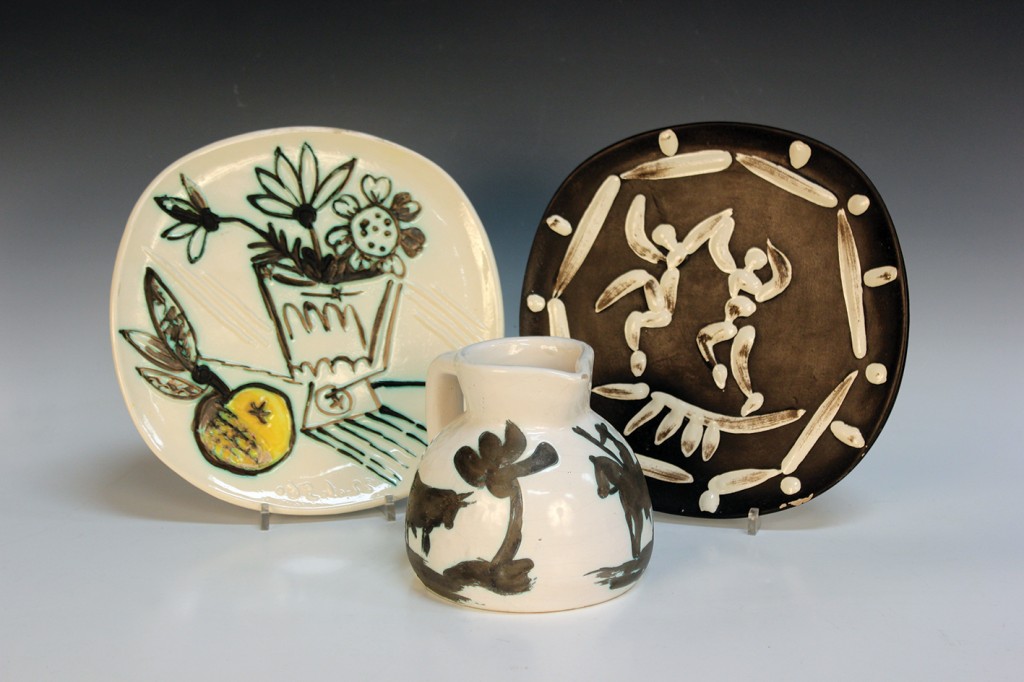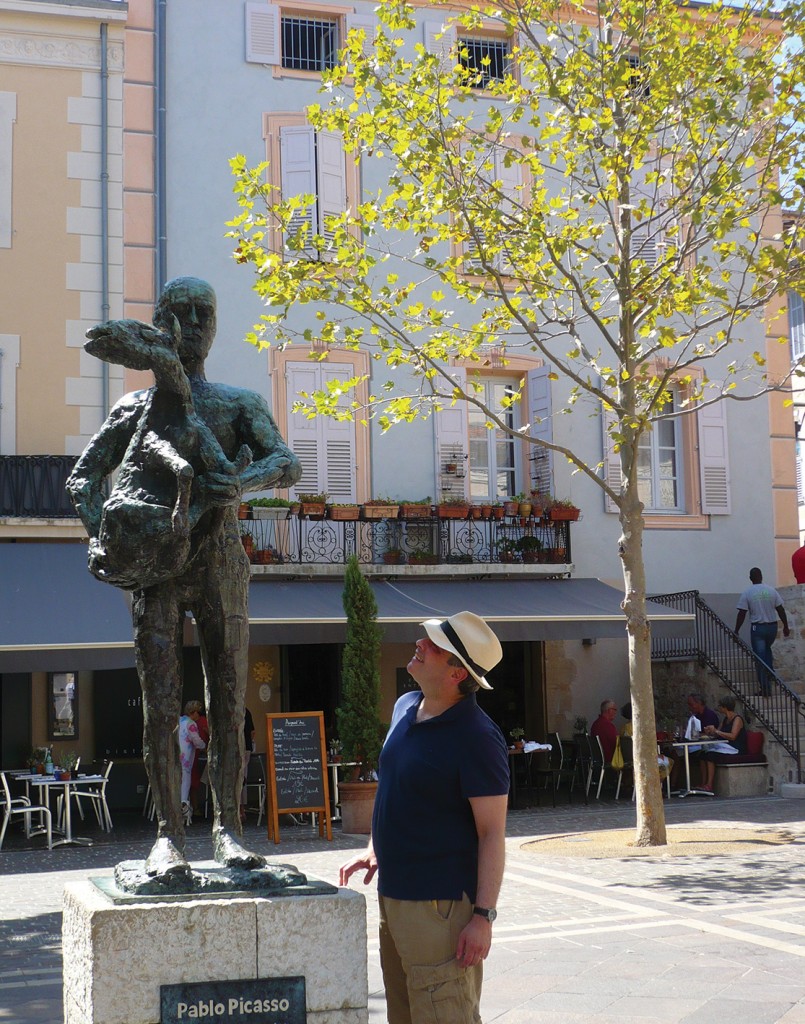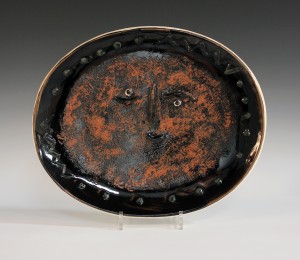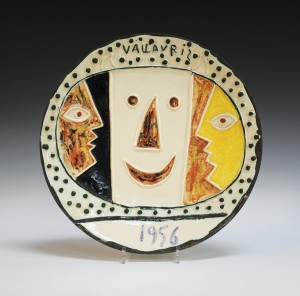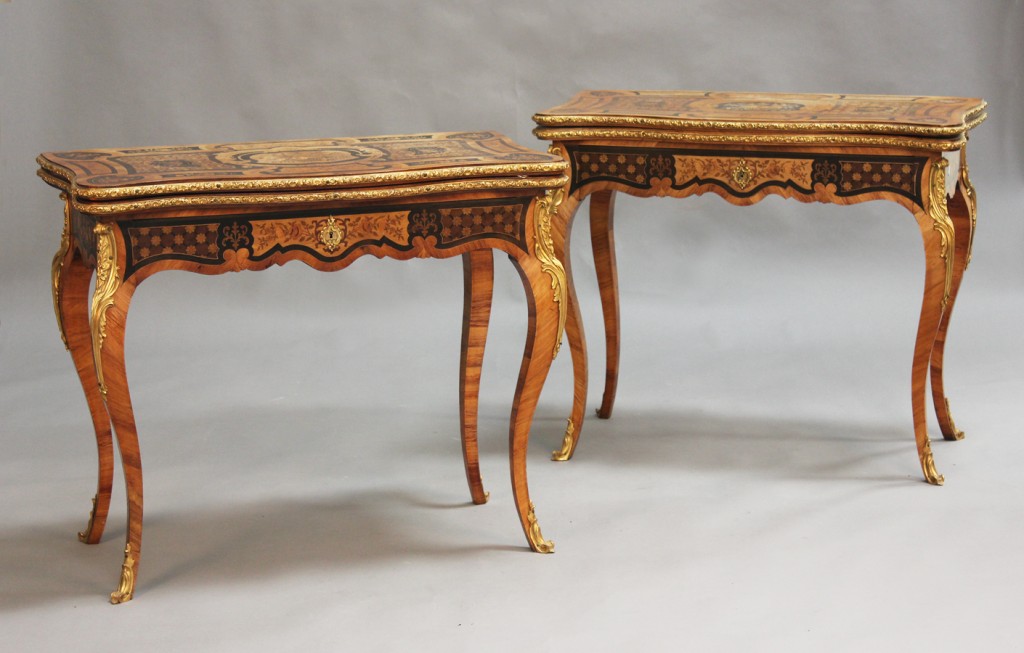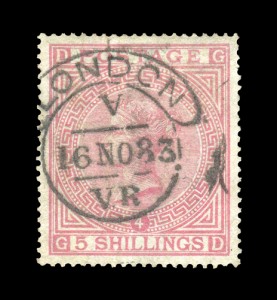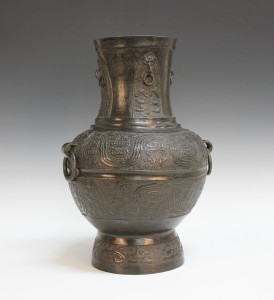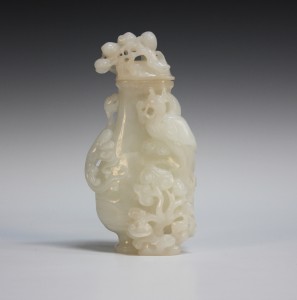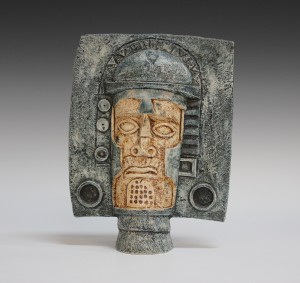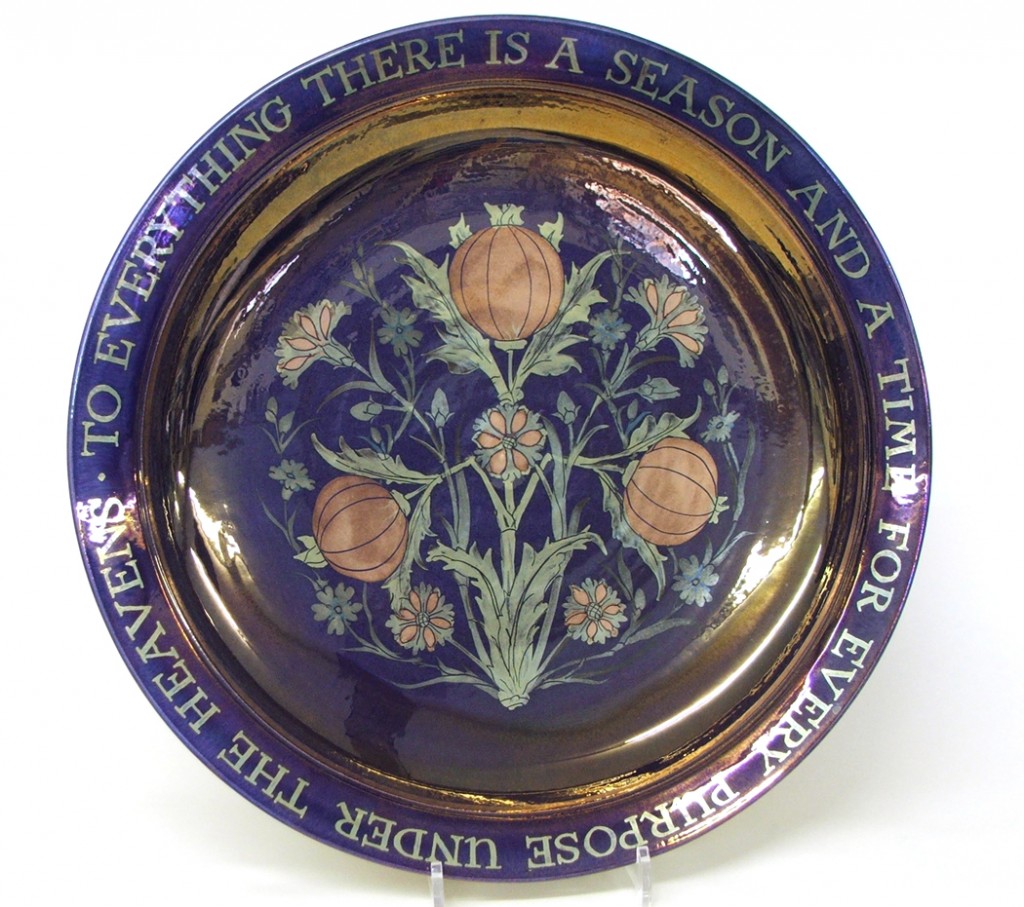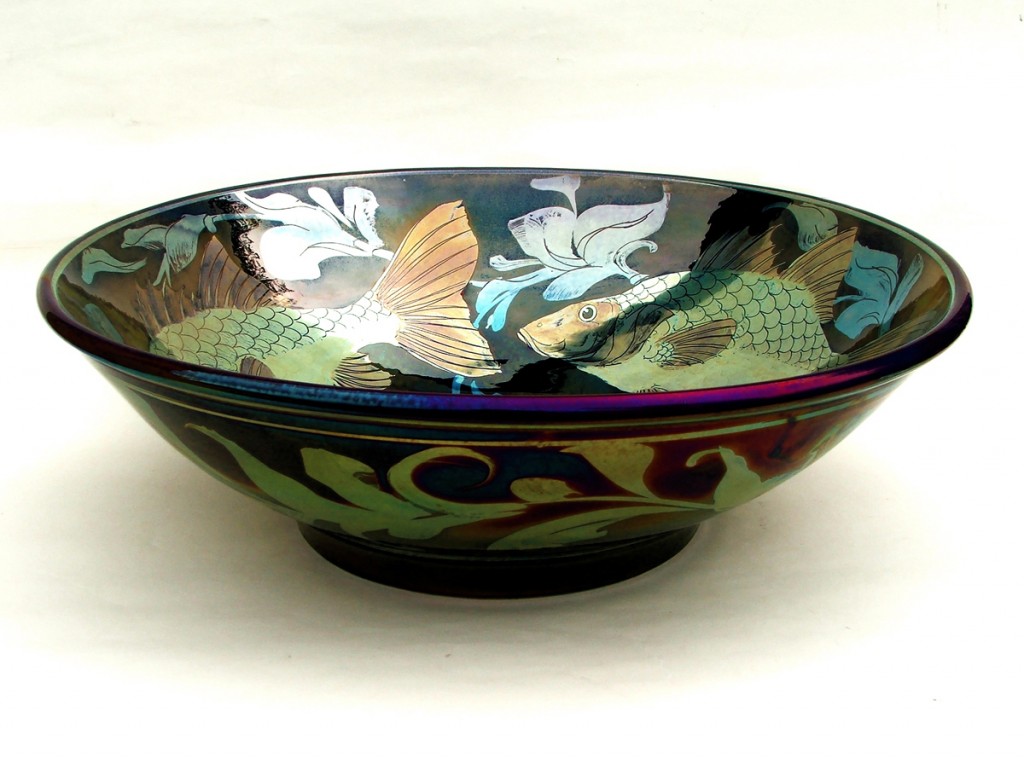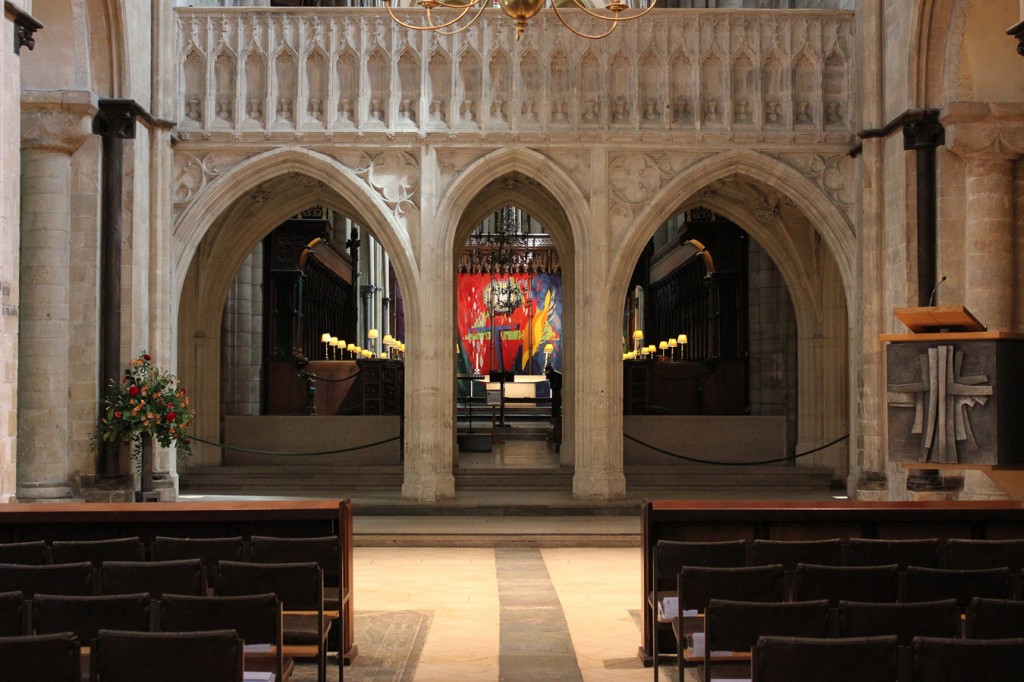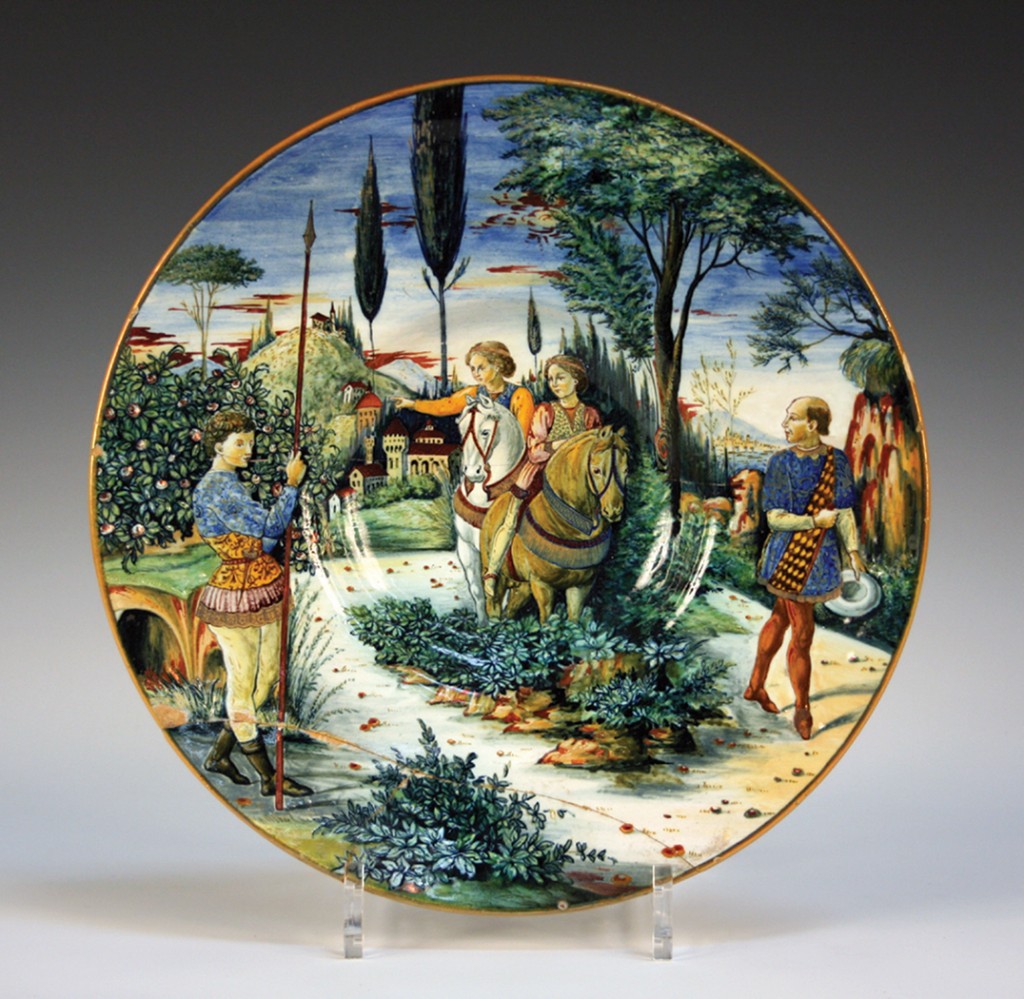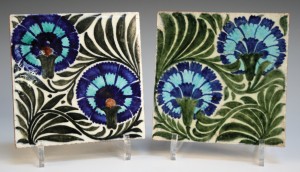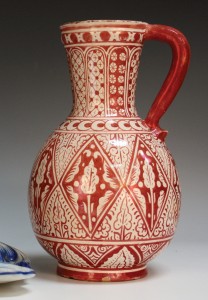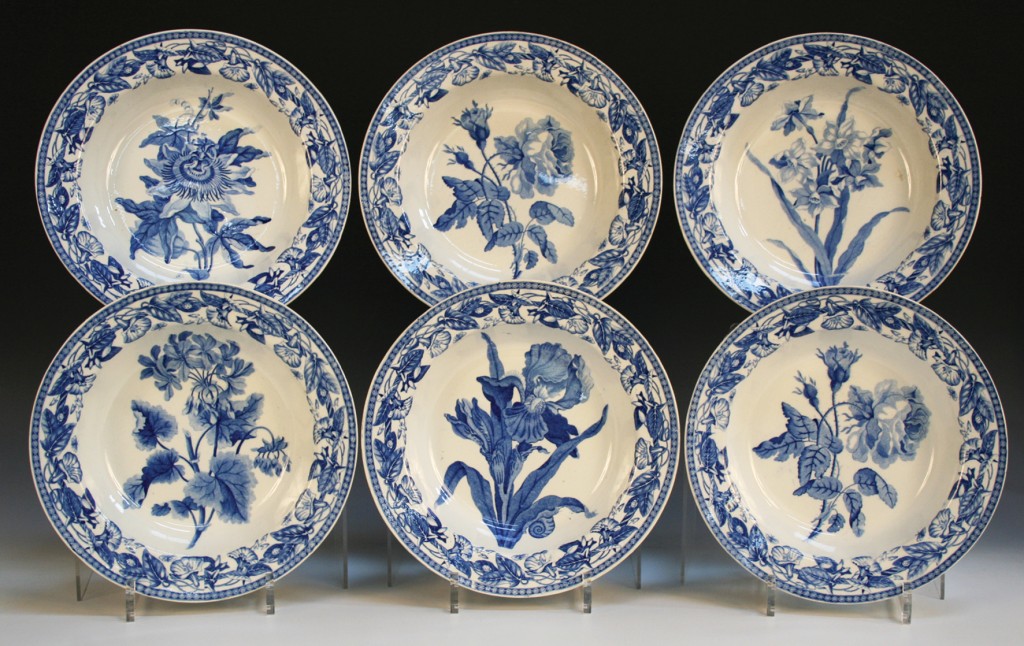
I was delighted when the news broke last week that the internationally important ‘Wedgwood Collection’, housed at the Wedgwood Museum in Stoke, had been saved for the nation at a cost of £15.75 million. The final £2.74 million was raised through the Art Fund by public appeal in just a month.
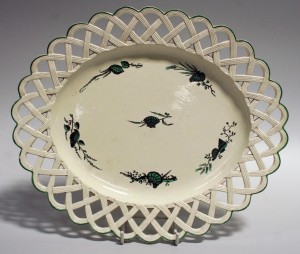
The Wedgwood Collection, one of the most important industrial archives in the world, has been saved, thanks to the generosity of thousands of individuals, businesses and a number of grant-making foundations.
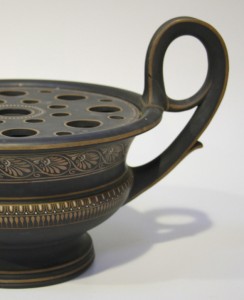
The seeds of the collection were sown by Josiah Wedgwood (1730-95), who in 1774 expressed an aspiration to preserve examples of the objects created by the Wedgwood pottery which bears his name. Josiah Wedgwood’s inventiveness combined his artistic taste and scientific knowledge with a gift for administration and business acumen. He took the manufacture of ceramics to extraordinary heights. These qualities have led many art historians to claim that he was the most distinguished English potter of his age. His reputation was certainly international. Amongst his patrons were the British Royal Family, Catherine the Great of Russia, the Queen of France and the King of Naples.
His early appreciation of Neo-Classicism and his eye for young artists with real ability, like John Flaxman and George Stubbs, enabled him to produce ceramics which fitted with this style and decoration. There was an industrial, modern efficiency in the way that he organised his factory and by 1782 he was employing the use of steam power.
The simple, elegant patterns of Wedgwood’s cream-coloured earthenware appealed to buyers with a taste for Neo-Classicism. In honour of the factory’s patron, Queen Charlotte, these wares became known as Queen’s Ware. These creamwares were painted, like the late 18th century pierced oval dish illustrated, delicately enamelled with groups of shells and seaweed, or transfer-decorated, like the plates seen here, generously decorated with passion flowers, geranium and iris within borders of convolvulus.
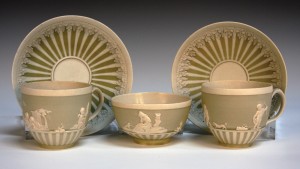
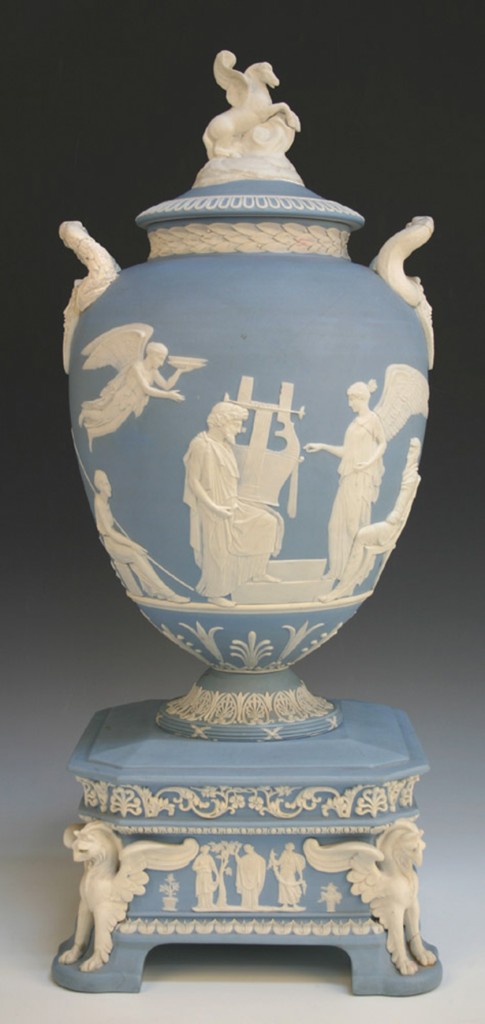
The Wedgwood pottery became famous for its vitreous stonewares. The first of these was the red stoneware examples known as ‘rosso antico’. By 1769 the black basalt wares were in production, like the early 19th century black basalt combined bough pot and pastille burner shown here. In this detail you will note the Neo-Classical decorative motif of the band of anthemion sprays. Anthemion is, of course, honeysuckle in the modern vernacular, such a romantic flower. From 1774 Jasper Ware, the most famous of these vitreous wares, was being made. These pieces, with their exquisite forms and white, classical relief decorations against blue, green, lavender or yellow grounds, delight in their bold restraint. The beautiful proportions and forms were often copied from ancient Greek examples of vases, which were defined as Etruscan at that time. Indeed, the Wedgwood factory’s name, Etruria, was taken from this term. The pair of Wedgwood two-colour jasperware cups and saucers date from the late 18th century. The Wedgwood pale blue jasper dip ‘Pegasus’ vase and cover is later, dating from around 1871. It is ornamented in white with The Apotheosis of Homer, after the artist Flaxman. The square pale blue jasper base is decorated with classical maidens, each canted corner relief decorated with winged mythical beasts.
Leading factories such as Meissen, Sèvres and Vienna were amongst Wedgwood’s imitators.
Today examples like those illustrated can be bought at auction for between £50 and £2000, whilst the rarest and finest examples realise vastly higher sums.
Josiah Wedgwood was a man of liberal and humanitarian views, a supporter of the American Revolution and an advocate for the abolition of slavery.
The ‘Wedgwood Collection’ preserves this unique record of British history and global commerce in one place. It contains over 80,000 works of art, ceramics, manuscripts and letters, pattern books and photographs covering the 250-year history of Wedgwood. The Collection will soon be gifted to the V&A and remain on display at the Wedgwood Museum.
Stephen Deuchar, director of the Art Fund, said: ‘This amazing show of public support for the Wedgwood Collection has made this the fastest fundraising campaign in the Art Fund’s 111-year history. It demonstrates nothing less than a national passion for Wedgwood – its history, its quality, its brand, its continuity…’
The ‘Wedgwood Collection’ represents Wedgwood’s extraordinary legacy and position in British industrial and art history.
By Revd. Rupert Toovey. Originally published on 15th October 2014 in the West Sussex Gazette.
